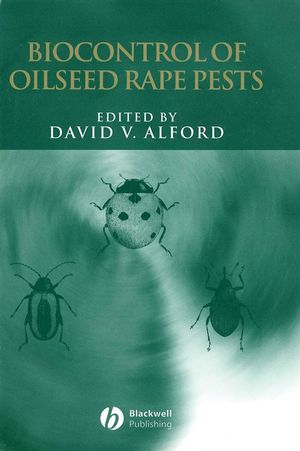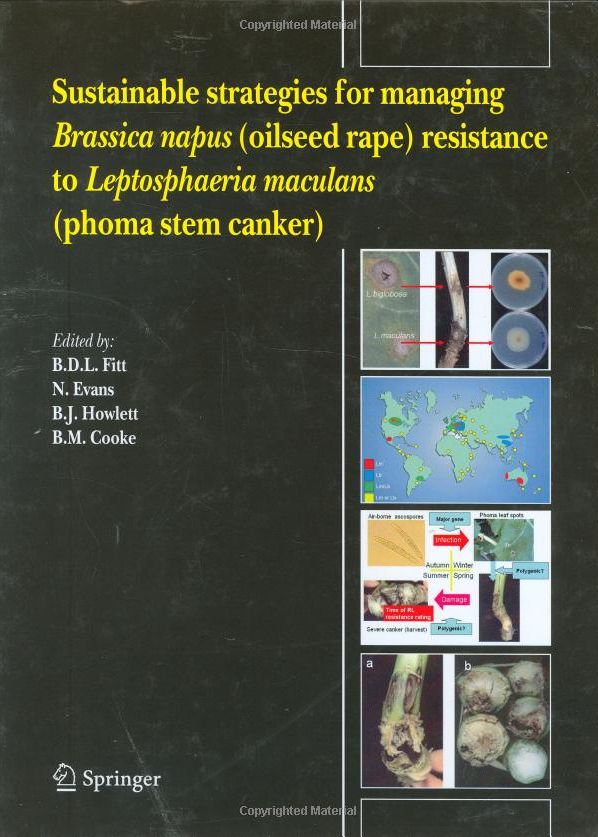Achievements of the WG ICOC
The emphasis of the working group has always been the networking of scientists working towards improved integrated pest and disease management of oilseeds, particularly the oilseed rape crop. Collaborative field experiments have been conducted on specific questions and joint projects established. Among these are included four large international projects funded by the European Union. These projects were conceived, are coordinated and executed mainly by members of the working group. These EU-Projects are:
- BORIS, FAIR3 CT96 1314 European Network for Research Cordination on Biocontrol in Oilseed Rape
- IMASCORE, FAIR 1669 Integrated Strategies for the Management of Stem Canker of Oilseed in Europe
- MASTER (http://www.rothamsted.bbsrc.ac.uk/pie/master/master.htm)
- SECURE (http://www.secure.rothamsted.ac.uk/)
Furthermore there have been 3 books published which can be related to activities among IOBC WG-ICOC members.
 |
|
Contents
|
|
 |
|
Contents
|
|
 |
|
Contents
|
|
Further information about the projects can be found on their respective
websites.
In 2004, we decided to establish a Working Group webpage, which is
intended to announce meetings, meeting contributions, reports
of past meetings and news.
The URL http://wwwuser.gwdg.de/~instphyt/app/koopmann/eng-dateien/iobc2004-bulletin.htm
has been changed with the relaunch of the web page in 2007
to:
http://wwwuser.gwdg.de/iobc/index.html



